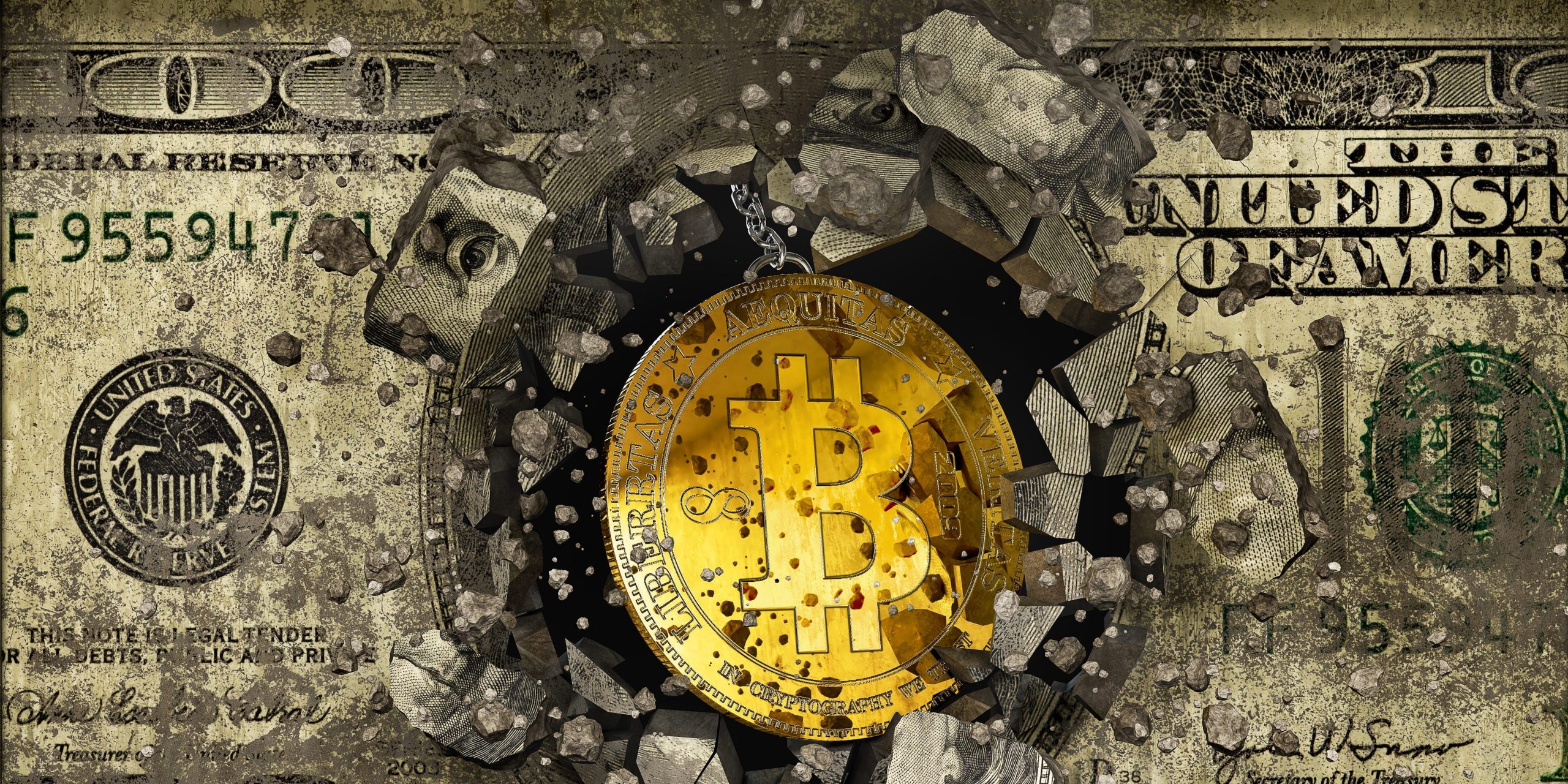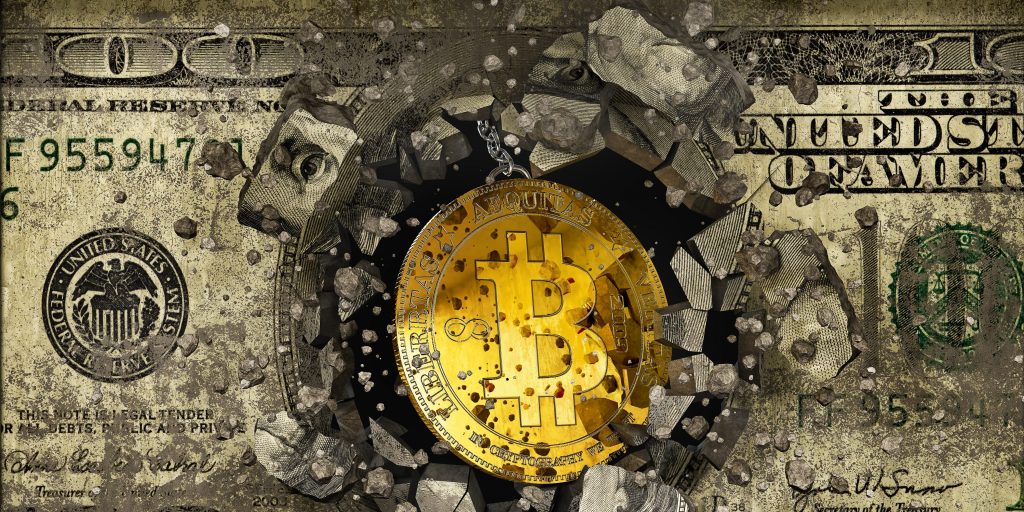
urfinguss
- "We are not anywhere near done until the number one coin is a stablecoin," Emin Gün Sirer, CEO of Ava Labs, told Insider.
- Stablecoins have an advantage because they can be tied to assets like the dollar, which makes them less volatile.
- But stablecoins face questions from regulators about the quality of their reserves and transparency.
- Sign up here for our daily newsletter, 10 Things Before the Opening Bell.
Emin Gün Sirer, the CEO of Ava Labs, believes the first sign of mainstream success for crypto will be when a stablecoin overtakes bitcoin to become the leading digital currency.
Sirer is the creator of the avalanche blockchain and its native token avax, which came out in September last year. He had help setting up the cryptocurrency platform from New York's Cornell University, where he is a computer science lecturer.
The crypto space will have matured when a stablecoin – whose value is pegged to a real-world asset – has the biggest market capitalization among digital currencies, he told Insider in a recent interview.
"We are not anywhere near done until the number one coin is a stablecoin," Sirer said. "That's my indicator for real success."
Right now, stablecoins have a total market cap of nearly $131 billion, according to CoinMarketCap data. Despite that hefty market value, it's some way behind the single most dominant coin, bitcoin, with its $1 trillion figure.
What sets stablecoins apart from other cryptocurrencies is they are less volatile in price, as they are backed by assets such as the US dollar and gold. That makes them more practical for use in decentralized finance - for loans, for instance.
DeFi is a growing system of peer-to-peer finance built on crypto networks, that aims to cut out the centralized authorities that oversee traditional finance. Investors can earn interest on their holdings of digital currencies from borrowers, for instance.
Stablecoins carry the steady value of the assets behind them into the growing DeFi ecosystem, which means they could usher in more liquidity, according to Sirer. That could help them surpass bitcoin.
"It's going to be amazing, for everybody in this space is clamoring for more cash, it's clamoring for more value to come in," the Ava Labs chief said.
"People want to borrow, and they want there to be more stablecoins."
"So I expect the tethers of the world, the Circles of the world, to grow - and it's going to be really exciting," Sirer added.
Leading stablecoin tether and smaller challenger Circle's USD coin are both tied to the US dollar.
Sirer argues that because stablecoins are anchored to other assets, their value is steady. "You know exactly how much will get you a burger at the corner store," he said.
His comments come as what appears to be stablecoins' strength may also be their Achilles heel. Regulators are concerned about the quality of the assets in their reserves and about how transparent issuers are with investors.
Tether was slapped with a $41 million fine by the US Commodity Futures Trading Commission for "untrue or misleading statements." For more than two years, it said it had sufficient US dollar reserves to back every Tether or USDT token, when that was not the case.
Hindenburg Research, a short-seller that unveils fraud, offered a $1 million reward for anyone who can provide undisclosed information on what backs Tether.
Sirer argues that because stablecoins are anchored to other assets, their value is steady. "You know exactly how much will get you a burger at the corner store," he said.
But the International Monetary Fund found stablecoins can be tied to crypto-backed assets, and they are often underpinned by commercial paper, a form of short-term corporate debt.
A few months ago, the price of stablecoin titan dropped in hours from around $60 to a fraction of a cent. The loss affected billionaire Mark Cuban, who later tweeted: "I got hit like everyone else."
